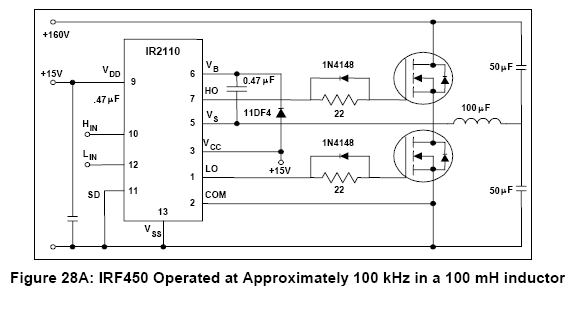In most of the H-bridge driver circuits I've come across so far, there's a resistor in the path of the signal to the gate/base of the mosfets/BJTs, like in the images below




why is it put there ? wouldn't it drop the signal voltage level to somewhat lower value ? Especially in case of power mosfets, the value of instantaneous current flowing into the gate can reach up to 3-4Amps(at high frequencies) and this resistor would dissipate much energy, so would it be okay if I apply signal directly to the gate without putting the resistor? and If it's not possible to get rid of it then what value resistor should I use and upon what factors does its value depend? I'll be using tl494 to generate the signal at about frequency of 50KHz and ir2113 to drive the H-bridge.
